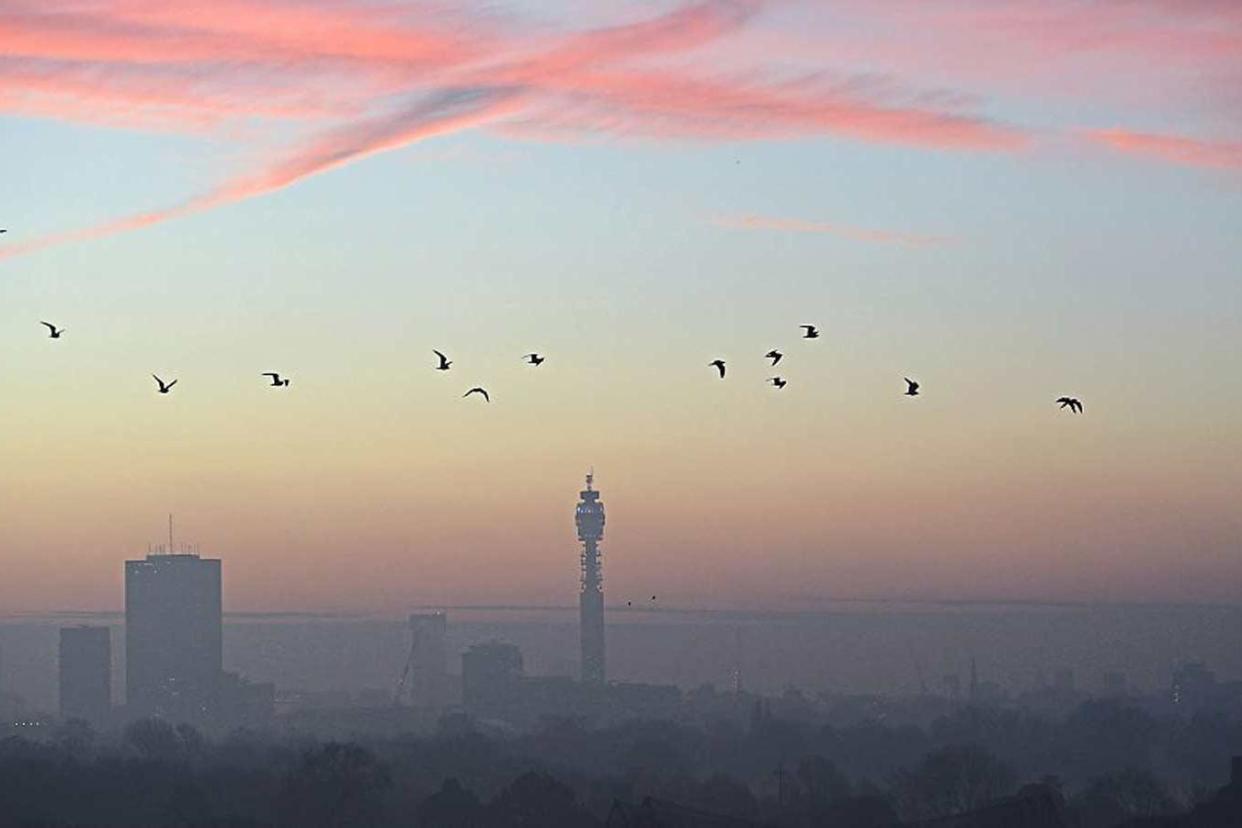London pollution levels sent soaring by wood fires during cold snap

Thousands of Londoners enjoying a wood fire at home on Sunday fuelled the worst toxic air peak for nearly six years, scientists have said.
Wood-burning was a major contributor to particulate pollution surging to “black”, or “very high”, levels at sites in Westminster, the City, Camden and Kensington very early on Monday.
Traffic fumes and filthy air blown in from the continent also sent PM2.5 levels spiralling.
Scientists at King’s College London explained that pollution from Europe on Sunday afternoon was followed in the evening by cold, foggy conditions, with little wind to disperse filthy air build-ups.
They added: “The rapid rise in pollution at this time was caused by a combination of traffic pollution and also air pollution from wood burning.
“This was the largest contribution from wood burning measured during the winter so far and wood burning from Sunday night was still present in London’s air on Monday morning.”
Homeowners who have a wood fire in many parts of London risk a fine of up to £1,000 if they do not use fuels, such as smokeless coal, authorised by the Clean Air Act 1993.
It is also an offence to acquire an unauthorised fuel for use within a smoke control area unless it is used in an exempt appliance.
These exempt appliances include ovens, wood burners and stoves tested to show they can burn an unauthorised solid fuel without emitting smoke.

 Yahoo News
Yahoo News 
